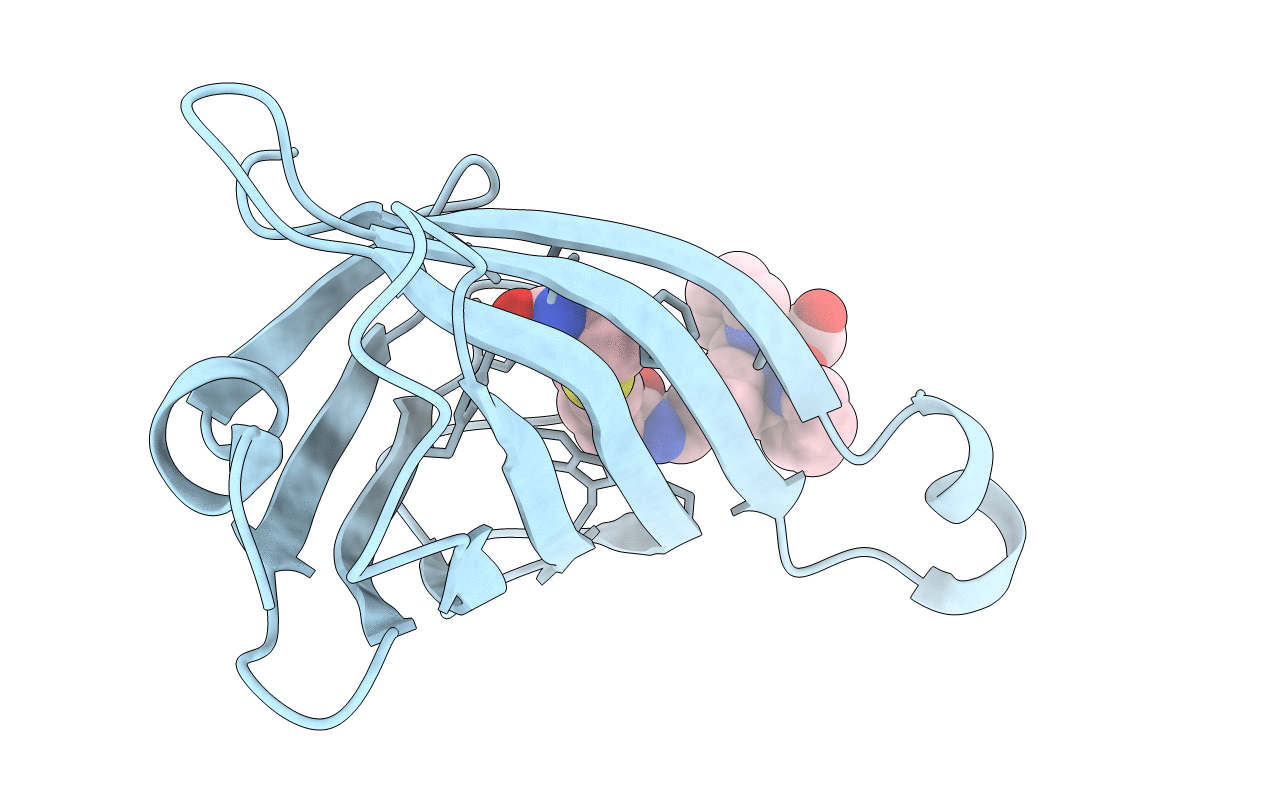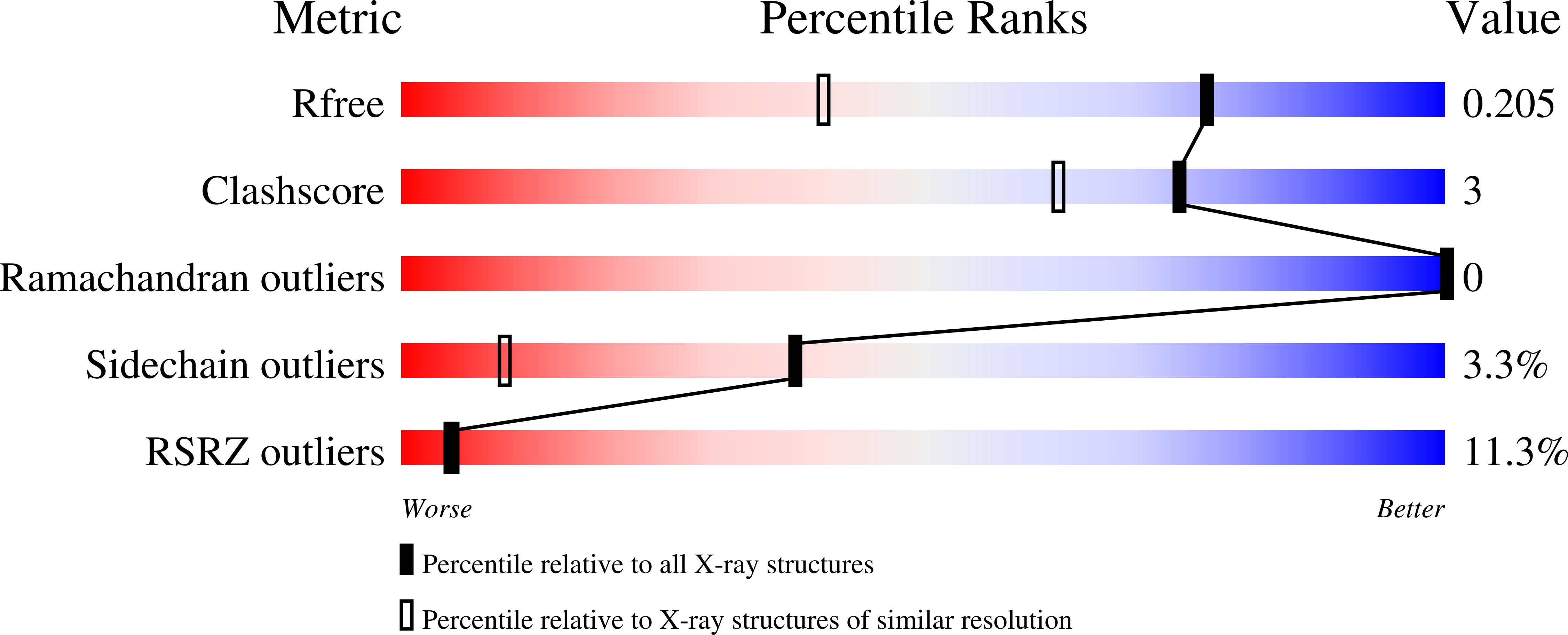
Deposition Date
2020-01-30
Release Date
2021-02-03
Last Version Date
2023-10-11
Entry Detail
PDB ID:
6VO9
Keywords:
Title:
Artificial Metalloproteins with Dinuclear Iron Centers
Biological Source:
Source Organism:
Streptomyces avidinii (Taxon ID: 1895)
Host Organism:
Method Details:
Experimental Method:
Resolution:
1.50 Å
R-Value Free:
0.21
R-Value Work:
0.18
R-Value Observed:
0.18
Space Group:
I 41 2 2


